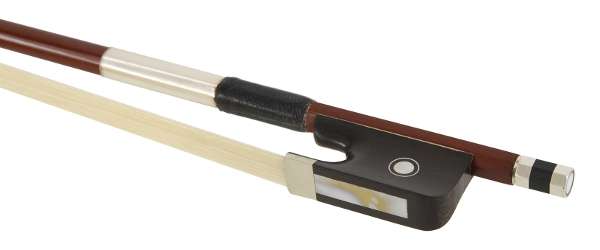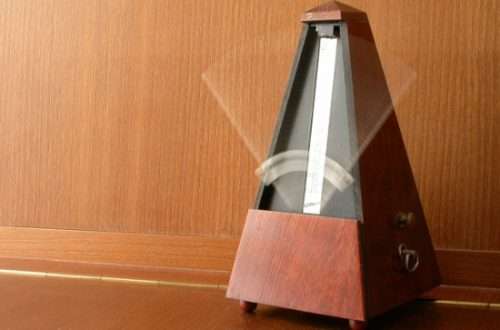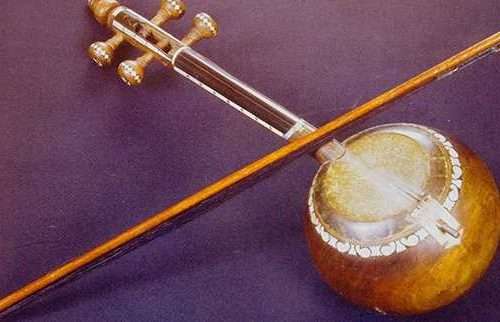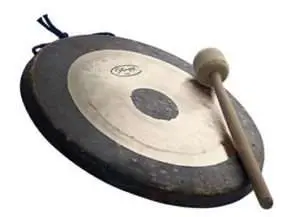
The instrument hums or hums when played
Why is my instrument buzzing, pegs won’t move and my violin constantly getting tuned? Solutions to the most common hardware problems.
To start learning to play a string instrument requires quite a lot of knowledge about the hardware. The violin, viola, cello or double bass are instruments made of wood, a living material that can change depending on the surrounding conditions. A string instrument has a variety of accessories, such as permanently attached, and temporary ones that require maintenance or frequent changes. No wonder then that the instrument can cause us unpleasant surprises in the form of unclean sound, problems with tuning or developing strings. Here are some examples of hardware problems and possible solutions.
The instrument hums or hums when played
When in the case of the viola and the violin, when pulling the strings along the strings, instead of a nice and clear sound, we hear an unpleasant murmur, and while playing forte, you hear a metallic buzzing, you should first carefully check the position of the chin and the tailpiece. It is very possible that the chin, which is not tightly screwed to the box, creates hums due to the vibration of its metal legs and contact with the sound box. So when we grab the chin and we can even slightly move it without unscrewing it, it means that the legs should be tightened more. It should be stable, but not squeeze the box too tightly. If this is not a problem, check the position of the chin on the tailpiece. When we see that the chin is in contact with the tailpiece under the pressure of the chin, its setting should be changed. If, despite the different settings, it still flexes when touching the tailpiece, you should get a firmer and firmer chin. Such equipment, even under the pressure of the chin, should not bend. Proven companies that produce such stable chins are Guarneri or Kaufmann. The tailpiece can also generate a buzzing noise, so check that the fine tuners are tightened correctly.
Next, check that the instrument is not sticky. This applies to all string instruments. The waist or the sides at the neck are very often unstuck. You can “tap” the instrument around and check if the tapping sound is empty at any point, or you can lightly squeeze the sides of the instrument with your fingers and observe that the wood is not moving. If we want to be 100% sure, let’s go to a luthier.
The buzzing noise may also be caused by the fret being too low or its grooves. When the strings are very low above the fingerboard, they can vibrate against it, creating a buzzing noise. In this case, you should change the threshold to a higher one and it should solve the problem. It’s not a big interference with the instrument, but getting your fingers used to the higher-set strings can be quite painful at first.
The strings can also be responsible for the hum in the instrument – either they are old and ripped and the sound just broke, or they are new and need time to play, or the wrappers have loosened somewhere. It is better to check this because exposing the core of the string may break the string. When, while “stroking” a string gently along its entire length, you feel an unevenness under the finger, you should look carefully at this place – if the wrapper has developed, simply replace the string.
If none of these factors is responsible for the hum of the instrument, it is best to go to a luthier – perhaps it is an internal defect of the instrument. Let’s also check if we are not wearing too long earrings, if the zipper of the sweatshirt, chain or sweater buttons do not touch the instrument – this is a prosaic, but very common cause of buzzing.
Pins and fine tuners do not want to move, the violin becomes detuned.
At home during your own exercise, this problem is not that much discomfort. However, if 60 people in the orchestra are looking your way and waiting for you to finally tune in … then something definitely needs to be done about it. The reason for the stagnation of the fine tuners may be their complete tightening. It is possible to lower the string, but not to pull it higher. In this case, unscrew the screw and raise the string with a pin. When the pins do not move, coat them with a special paste (eg petz) or … wax. This is a good home remedy. Remember, however, to thoroughly clean the pin before applying any specifics – often it is dirt that causes its stagnation. When the problem is the opposite – the pegs fall off by themselves, check if you press them tightly when tuning or if the holes in the head are too large. Coating them with talcum powder or chalk may then help, as this increases the frictional force and prevents them from slipping.
Self detuning can be caused by changes in temperature. If the conditions in which we store the instrument are variable, you should obtain a decent case that will protect the wood from such fluctuations. Another reason may be the wear of the strings, which become false and impossible to tune after a while. We should also remember that after putting on a new set, the strings need a few days to adapt. There is no need to be afraid then that they tune out very quickly. The adaptation time depends on their quality and type. One of the fastest adapting strings are Evah Pirazzi by Pirastro.
The bow slides over the strings and produces no sound
There are two common sources of this problem – the bristles are new or too old. A new hair needs a lot of rosin to get the right grip and make the strings vibrate. After about two or three days of exercise and regular rubbing with rosin, the problem should disappear. In turn, the old bristles lose their properties, and the tiny scales responsible for hooking the string wear out. In this case, intensive lubrication with rosin will no longer help and ordinary bristles should be replaced. Dirty bristles also have poor adhesion, so do not touch it with your fingers and do not put it in places where it can get dirty. Unfortunately, the home “washing” of bristles will not help either. Contact with water and any drugstore products will irretrievably destroy its properties. Attention should also be paid to the purity of the rosin. The final reason for the lack of sound when pulling the bow is that it is too loose when the bristles are so loose that they touch the bar when playing. A small screw is used to tighten it, located next to the frog, at the very end of the bow.
The problems described above are the most common reasons for beginner musicians to worry. Thoroughly checking the condition of the instrument and accessories is essential in resolving such problems. If we have already checked everything and the problem persists, only a luthier can help. It may be an internal defect of the instrument or faults that are invisible to us. However, in order to avoid worries related to the equipment, you should simply take care of it regularly, clean the accessories and not expose it to additional dirt, weather changes or drastic fluctuations in air humidity. An instrument that is in good technical condition should not surprise us.






